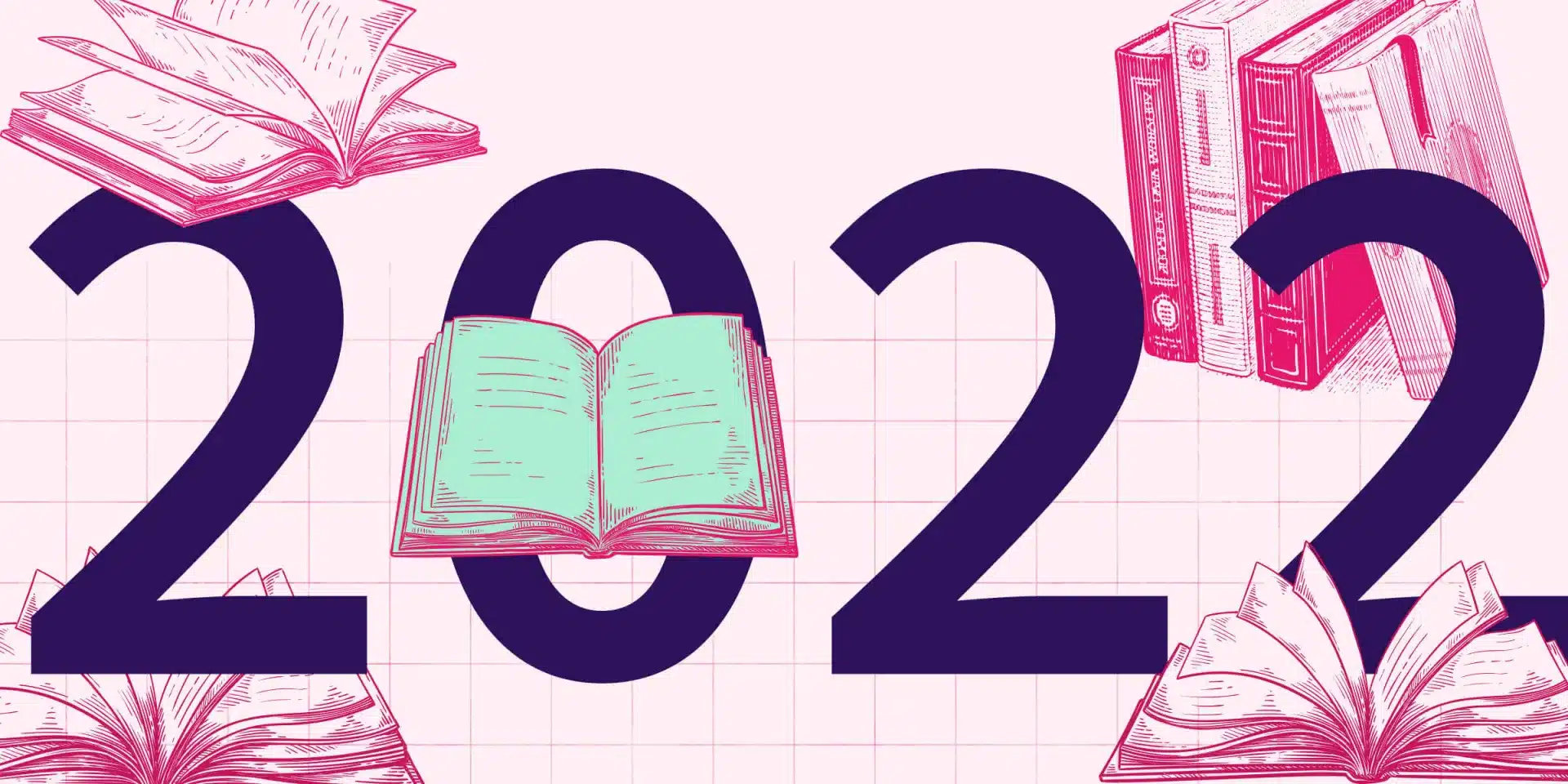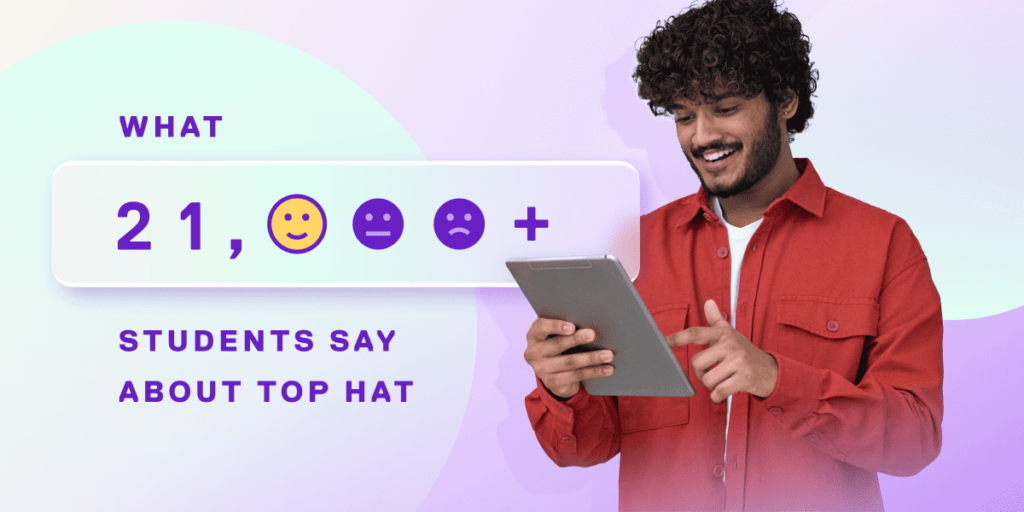If you’re starting to think that 2022 is looking an awful lot like 2020, you’re not alone. Yet despite modality pivots and new COVID policies to grapple with, this year still offers a great deal of hope. We’re spotlighting eight books that’ll help make your classroom a place of equity, connection and discovery—no matter where you teach.
→ Free teaching toolkits: Get the support you need to run your next online or hybrid course
1. Teaching Community: A Pedagogy of Hope (2003)
There’s an ever-growing need to combine care with commitment, knowledge and trust in the classroom in order to create the best climate for learning. In this book, the late bell hooks, an American author, professor and social activist, advocates for teaching experiences that cultivate community, diversity and inclusivity. Through critical analysis and autobiographical narratives, hooks will leave you with a refreshed set of values to weave throughout your instruction, such as bringing an anti-racist lens to your curriculum.
Why now? COVID variants and potential policy shifts at your college may have led to an unexpected start to the year. hooks’ insight offers the chance to become an even more progressive educator. Plus, her guidelines serve to ensure every student feels supported and seen in yet another unpredictable semester.
2. Reach Everyone, Teach Everyone: Universal Design for Learning in Higher Education (2018)
Universal Design for Learning (UDL) is the perfect framework for educators today—one that involves added flexibility in how materials are delivered in order to support students of all abilities. Implementing it in your own course isn’t as scary as it seems. In this title, you’ll receive UDL coaching skills, a helpful framework including the ‘UDL in 20 minutes, 20 days and 20 months’ guide, and more micro and macro techniques to support students with and without disabilities.
Why now? The pandemic has only magnified countless inequities. Two examples: struggling to connect to virtual classes due to poor connectivity and the challenge that comes from juggling college with familial, health and employment concerns. The authors provide essential guidelines you’ll want to take note of to improve the engagement, interaction and performance of every student.
3. The New Education: How to Revolutionize the University to Prepare Students For a World In Flux (2022)
From outdated grading systems to passive pedagogies, many aspects of higher ed are still stuck in the past. But all hope isn’t lost, as Cathy N. Davidson, Distinguished Professor of English at the Graduate Center at the City University of New York, argues. In this updated edition of one of her bestselling books, Davidson shares simple ways faculty and administrators can re-make college for our present day, giving readers a wealth of tools to help students thrive.
Why now? Davidson’s approach to addressing this moment of heightened change begins with embracing creativity and student-first learning. With the Omicron variant wreaking havoc across the nation, Davidson’s strategies are an imperative part of supporting student success in any classroom.
4. STEM, STEAM, Make, Dream: Reimagining the Culture of Science, Technology, Engineering, and Mathematics (2021)
We’re naturally shifting towards a tech- and science-based world. But within it, not every student is given the same opportunities to succeed. Regardless of discipline, a solution lies in honoring culture, increasing equity and encouraging curiosity to nurture our next generation of creators and entrepreneurs. Christopher Emdin, Professor of Education at the University of Southern California, offers tangible strategies that allow for hands-on creation and shares his vision for a more inclusive and joyous learning landscape. You’ll also get to read profiles of innovative change makers who have been successful in addressing education’s most pressing issues.
Why now? The education system hasn’t always been inclusive of those from marginalized backgrounds. Whether you teach in K-12 or higher education, Emdin establishes a clear need for experiential, equitable learning and offers a barrier-breaking roadmap to help you get there.
5. Creating a Place for Self-Care and Wellbeing in Higher Education (2021)
For those teaching in today’s world, it can be easy to put personal needs on the back burner. But supporting students starts with setting a foundation of care and empathy towards yourself. Rather than dismiss daily wellness practices in favor of getting through a stack of papers, there is, in fact, a way to juggle the demands of higher ed with your own needs. Narelle Lemon, Associate Professor of Education at Swinburne University of Technology in Melbourne, Australia, will leave you with timely and relevant tips to prevent burnout, prioritize nurturing and reconstruct your identity to ultimately take better care of yourself.
Why now? It can be a challenge to put yourself first when concerns with student mental health, finances and basic needs are at an all-time high. Lemon outlines strategies to disrupt the current climate of dismissing wellbeing in order to practice a more balanced lifestyle.
6. Online Teaching and Learning in Higher Education During COVID-19: International Perspectives and Experiences (2021)
The move to online instruction wasn’t easy—for students and faculty alike. Connection and engagement concerns were put under the spotlight, forcing educators to address these issues as best they could. But the past two years can also offer valuable lessons for any professor looking to support students today. All three authors of this comprehensive text use their backgrounds in academia to review the most common information and communication technology (ICT) challenges faced online, while remaining hopeful for the next generation of online educators and students.
Why now? Students want to feel seen and heard—especially when they’re behind a screen all day. Incorporating their voices is one place to begin, which may also help to improve student retention and overall course pass rates.
7. The Power of Partnership: Students, Staff, and Faculty Revolutionizing Higher Education (2020)
At a time where learners may experience increased loneliness and isolation, collaboration is a tool that can entirely transform a student’s outlook on college. Among a roster of 51 authors, Lucy Mercer-Mapstone, Lecturer in Higher Education Pedagogy at Elon University and Sophia Abbot, a graduate student in higher education at Elon University, mix student and faculty perspectives to illustrate the ways in which learners are given a real stake in their educational process. Plus, you’ll learn how professor-student connections can spark greater participation, satisfaction and engagement in any class.
Why now? Online learning always existed, but it’s now become a mainstay in higher ed. Before we can fix the educational system, we first need to understand where it falls short. The authors mix student and faculty experiences from March 2020 onwards to magnify lessons that can be extracted from a moment in time that no one will ever forget.
8. Communicate for a Change: Revitalizing Conversations for Higher Education (2021)
Today’s student body is more diverse than ever before. Unfortunately, college policies and faculty teaching practices don’t always celebrate and acknowledge this fact. But why is it so challenging to bring about meaningful change within academia? This book explores everything from rethinking how students learn best, to approaching discussions on race, gender, finances and more at both the administrative and faculty level. You’ll also get to hear from a diverse group of scholars who will highlight the essential questions anyone in higher ed should be asking themselves today.
Why now? The past two years have accelerated changes to higher ed policy and practices. Whether you’re a tenured professor or new to teaching, keep the momentum going by asking yourself—and your leaders—difficult questions that are proven to maximize engagement and value for any learner.


